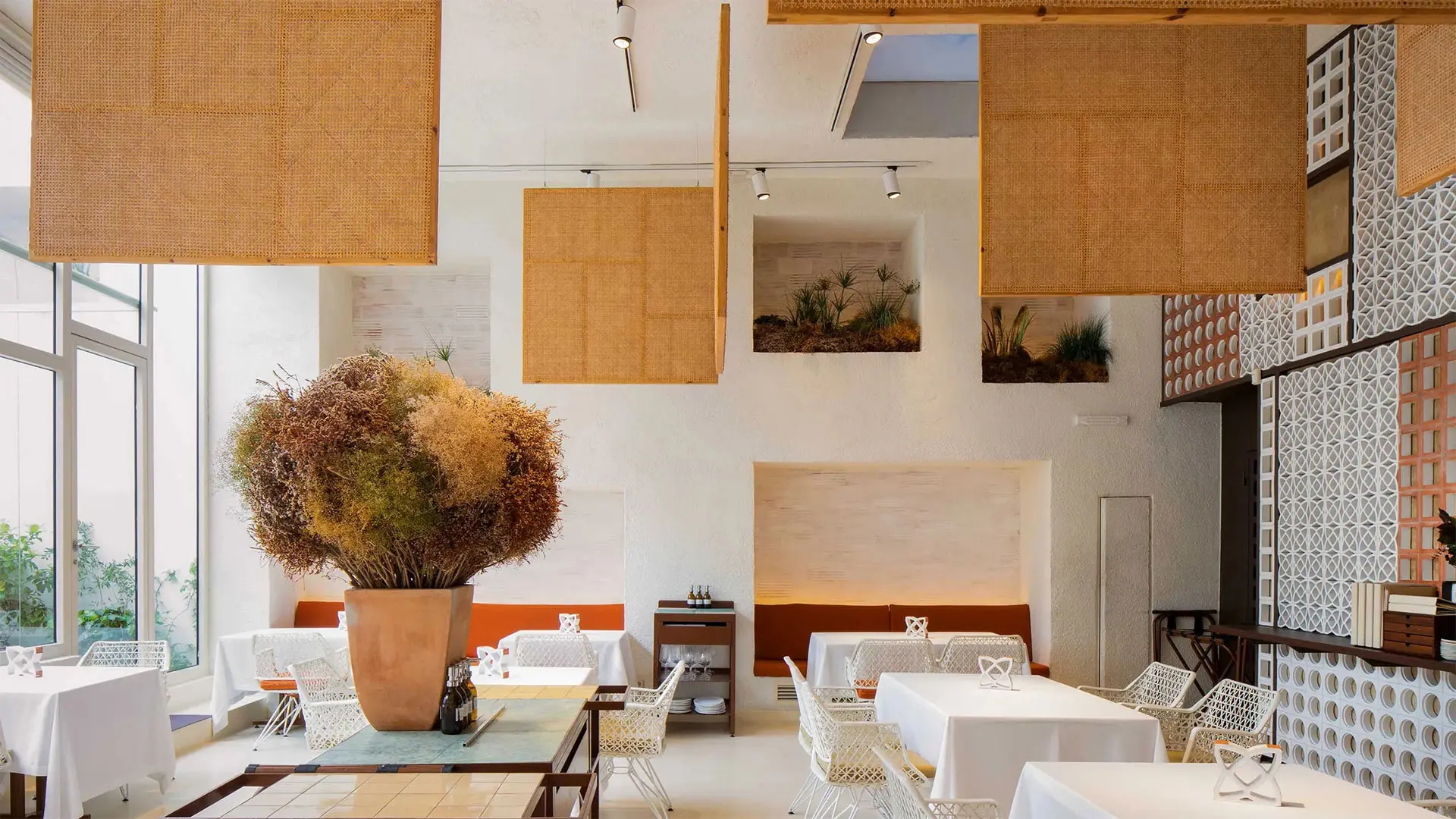As this Veranillo del Membrillo (Indian summer) lingers on in Andalucia, my thoughts are drawn back to my own summer holidays and the week I spent in Vejer de la Frontera. A firm favourite since I first visited in 2000, I have seen this white village converted from a sleepy hilltop town to a thriving beacon of gastronomic art, creativity and boutique hotels that draws an international crowd seeking the finer side of the “Andalusian Experience”.

Many of the Old Town residents have “sold out” to tourism and relinquished their family residences into the hands of designers who have created new accommodation and stylish restaurants. But the old still exists; liberated in 1285, Vejer still maintains its Arabic-Andalus architecture with its whiter than white facades, narrow alleyways, dead-end streets and vistas of the surrounding countryside; just a little of what makes this village a honeypot for travel photographers and serious travelers.

Having just returned from Marrakech, I can´t help drawing a parallel here. In Marrakech I was surprised by the expansion of the new town, known as Gueliz and its environs. Traditional families in the Medina have sold up their family homes for their conversion into chic Riads that fill with the constant flow of visitors from all over the globe.
The languid airs of a Moorish Medina still very much pervade the narrow alleyways of Marrakesh, and yet that atmosphere has moved on from Vejer; but not that long ago. Generally, in Spain, it was pushed back over the waters of the Strait way back in the 1500´s after the Christian Reconquista, and yet in a few places it has clung to the walls of the ancient towns for centuries. Vejer is one of those places and incredibly, as recently as the 1960s, one could see women from Vejer wearing the traditional cobijada, a Moorish style head covering and dress; a subtle remnant of the town’s heritage.

The true spirit of Al-Andalus now inhabits the Medinas of Morocco, and holds the key to the divinely balanced pillars of religion and culture; a footprint for co-habitation in peace, dialogue and learning. Here in Vejer the spirit is more one of well-being and the goodlife. Every summer there are more 4×4 school-run SUV´s appearing on the scene, and there is a celebratory gust to the winds that whistle around the walled labyrinth.

My fear, is that Vejer becomes too fashionable for its own good and turns into a Spanish gourmet Mont Saint Michel. My hope, is that the strength of its walls and the richness of its past, together with its undeniable natural beauty will sustain it for success and longevity. Change must come, and few places I know in Andalucia have been more successful than Vejer in adapting to this necessary development and embracing it with creativity and flair.
In Vejer, many of the restaurants and cafes of the Old Town are beyond the budget of the locals who hang out over the hill in the New Town. In the Old Town, proprietors focus their business on the visiting clientele; the Madrileños, the French, the British, the Germans, the New Zealanders, the North Americans. I could go on. There are discerning travellers from all over the world who have Vejer on their radar. The change over the last 10 years has been so dramatic that we’ve fondly renamed it “Vejerly Hills”.

It´s now brimming with establishments that wouldn’t seem out of place in London or New York, and has innumerable fabulous restaurants. We were there for 6 days and nights and didn’t repeat an eatery once. The new gourmet market thrills a vibrant crowd and perhaps my most favourite of all, a converted stable block serves generous copas well into the small hours.
All in all, Vejerly Hills has it all, and quite rightly plays a starring role in several of our boutique tours and day trips. As for us, we’ll certainly be spending some more time-out in Vejer next Summer, and can’t wait to see what more new delights await us there.
Vejer de la Frontera currently features in these day trips and holidays:
Photography Tour in southern Spain
Andalusia Grand Discovery Tour























